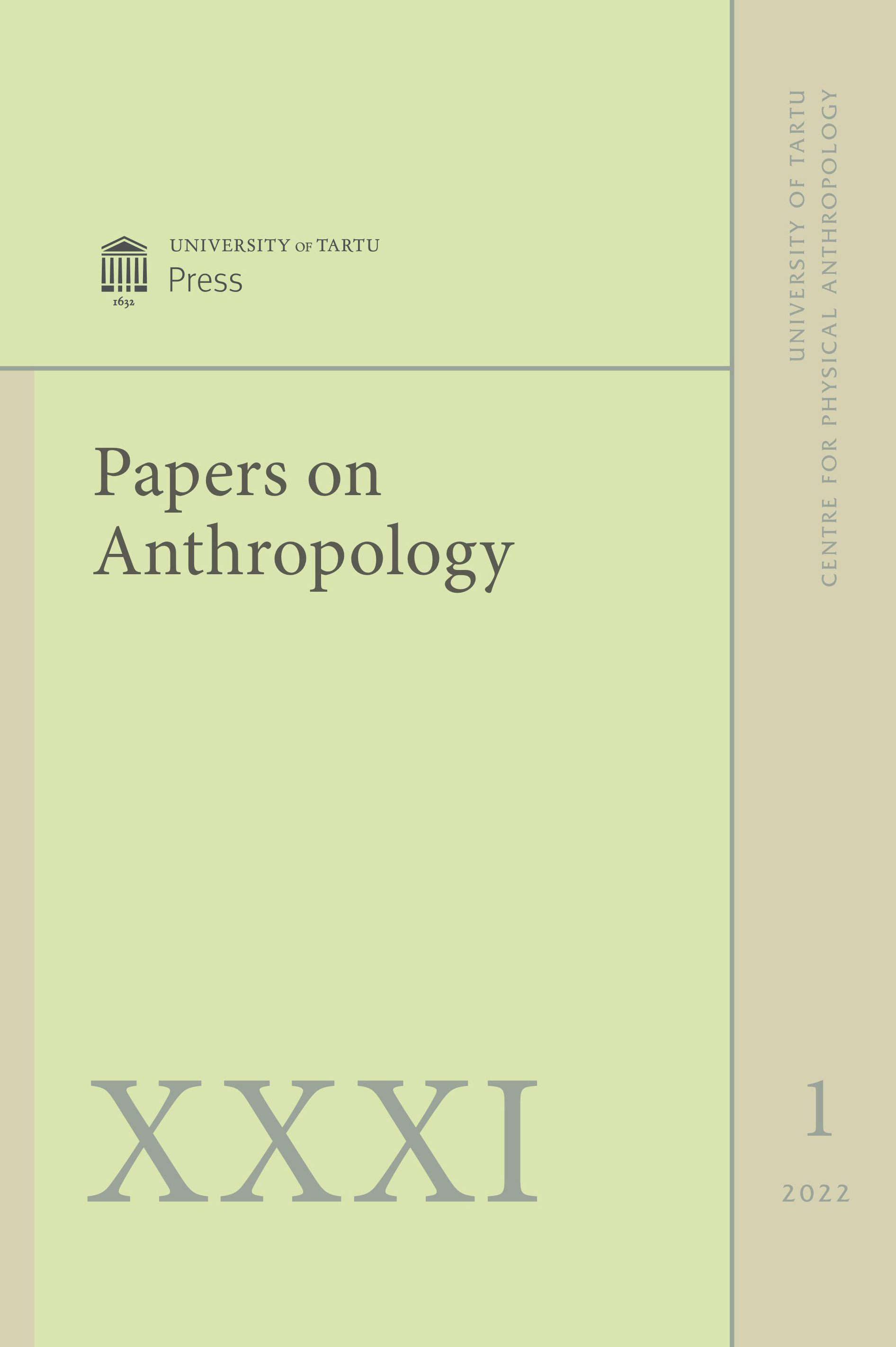The hypogea of the churches of Naples: Burials and cult of the dead
DOI:
https://doi.org/10.12697/poa.2022.31.1.01Keywords:
terrasanta, scolatoio, colatoio, Hertz’s theory, double burial, Cripta degli Abati, cult of souls in Purgatory, skull cultAbstract
An interesting mortuary practice widespread in Naples until the second half of the nineteenth century was the one housed in the hypogea located under the floor of churches and convents. These funerary crypts were structured according to two organizational models based on the double burial system: the terresante and the scolatoi, both of which aimed at favouring the decomposition of the corpses and reaching the state of a skeleton. According to the established procedures, once skeletonization was accomplished, the skulls were usually displayed on a cornice running along the walls of the hypogeum, while non-cranial bones were placed in a common ossuary. The foundation of the ritual was the idea of death perceived not as a sudden event but as a long-lasting process, during which the deceased went through a transitional phase, gradually passing from the earthly state to the hereafter. Indeed, the ultimate purpose of these funerary rituals was the liberation of the bones from the earthly element of the flesh, an indispensable condition to allow the definitive passage of the soul into the afterlife. This process also had to been exhibited, and, therefore, in these hypogea the decomposition of the corpse was displayed to visitors. Through the corpse’s progressive decomposition, the ritual was intended to visually symbolize the various stages of purification faced by the soul on its path towards the kingdom of the dead, a destination considered reached only when the skeletonization was complete, and the definitive burial carried out. This article briefly reviews the structural organization of these underground sepulchral chambers, the funerary practices held within and the worships which took root and developed within them.

